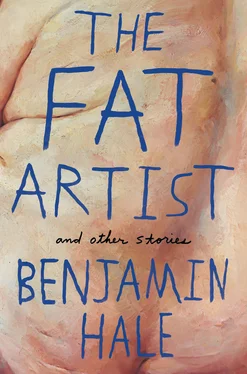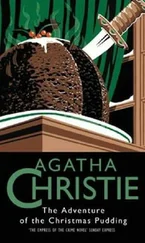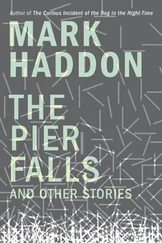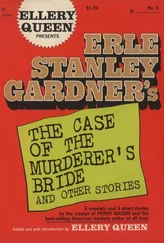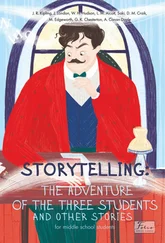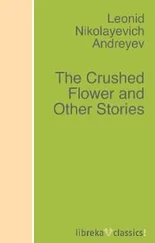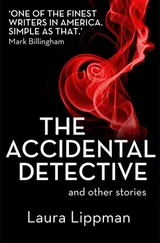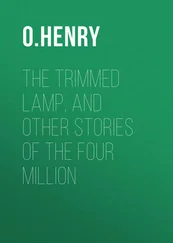Expensive college, hypocrisy, expansion, experimentation, hypocrisy, growth. Baudelaire, Apollinaire, Bataille, Duchamp, Tzara, Céline, Artaud, Klein, Marinetti, Cage, Adorno, Debord, Foucault, Derrida, Lacan. Italian Futurism, Situationism, Lettrism, Bauhaus. The usual.
I was frustrated with Dada (and its children) in the same way I had been frustrated with the leather jackets of Brando and Vicious, spoiling the thing for future generations with too many layers of irony or recycled sets of meaning. A middle finger to the art establishment means very little in a time when the middle finger has long become de rigueur; after rebellion becomes fashionable, then fashion becomes expected — art collapses from rebellion fatigue, and collectors come like buzzards to pick at the remains. I found the dithyrambic had so entirely replaced the Apollonian that the prospect of taking a shit in someone’s living room and charging everyone to look at it wasn’t even fun anymore. My rage was impure; beset by second- and thirdhand rage anxiety. “Make it new,” as Pound said — easy for a high modernist in the first half of the twentieth century to say, isn’t it? How to make it new when making it new is the new old? The anxieties of the contemporary artist. Fuck it all — just get an MFA, or (a sunnier option) kill yourself. IV
• • •
One weekend close to my graduation from college, I took my parents on a tour through the modern wing of the Metropolitan Museum of Art. I was getting along well enough with my parents at the time. I was twenty-two, and I had the adventurous feeling that my future lay splayed out before my feet like a resplendent red rug.
We came, I remember, to an Yves Klein monochrome (the only one at the Met): a vertical rectangular slab of material hanging on the wall, coarsely textured and painted thickly and uniformly in International Klein Blue.
Had I, Tristan Hurt, at that moment been elected to the honor of choosing an object to include in a durable capsule to be shot into outer space under sway of the vain hope that perhaps one day billions of years from now some alien race might find it, crack it open, examine the things therein, and ponder the geist of whatever creatures produced these beautiful objects, I might very well have selected that Klein monochrome (my choice would be different today, but, again, I plead the romance and enthusiasm of youth); and maybe, if their organs of visual perception happened to be sensitive to the same band of the light spectrum as ours, they would understand that human beings had been animals who were indeed capable of artificing beauty so sublime as to compete with (rather than merely imitate) the forms of nature.
My father stood before the painting. I watched him look at it. The filmy annuli of his nacre-colored eyes (I was born last, late, probably accidentally, and he was old even then) examined it as blankly as they would have the floral-print wallpaper in the dining room of a New England bed and breakfast. He tipped his head back and sleepily blinked at it; pale, swollen eyelids opened and closed on the image like the mouths of garden snails eating blueberries, and the flat zero line of his bloodless lips soured into a sardonic affect of boredom. He leaned forward to read the wall text with his hands clasped behind his back, as if he was thinking of buying it for me for my birthday if (though he couldn’t fathom why) I liked it so much, and was just checking the price tag. The placard beside it read:
Yves Klein. (French, 1928–1962) Blue Monochrome. 1961.
Monochrome abstraction — the use of one color over an entire canvas — is a strategy adopted by painters wishing to challenge expectations of what an image can and should represent. Klein likened monochrome painting to an “open window to freedom.” He worked with a chemist to develop his own particular brand of blue. Made from pure color pigment and a binding medium, it is called International Klein Blue. Klein adopted this hue as a means of evoking the immateriality and boundlessness of his own utopian vision of the world.
My father read the title aloud: “Blue Monochrome.”
He emitted a brusque, equine snort, and delivered his judgment: “No shit.”
That was all he had to say: quote—“No shit”—end quote. I tried to explain to him why the painting was beautiful. I probably proceeded to bloviate at great length about Yves Klein, about the unexpected violence in his work, the conceptual playfulness, even the dark sexiness of it, the deliberate provocation. Le Saut dans le vide . I fired every bullet of critical art theory at him that my education (which he had paid for) had loaded the chambers of my brain with. My father’s face slackened with contempt, a slowly deflating gray bag. The more I spoke, the further his understanding and interest in what I was saying got away from me, chugging indifferently into the distance.
When I finally fell silent, he waited a beat, and said:
“I guess it’s supposed to be art if you have to explain it.”
Perhaps, I thought, art needs the bourgeois in order to react against it. As long as there is a bourgeoisie to afford art without bothering to understand it, that underpinning rage of the artist may flourish, the rage of the captive animal biting the feeding hand, no matter if originality has been done to death. In that moment I more clearly understood the depth of the poverty in my father’s soul, and in that moment I more fully realized my father was a man with a worldview so far removed from anything worth loving that hating him was hardly worth the energy.
• • •
New York City. The enfant terrible loose in the art world, playing his role, making work, plucking strings, sucking on glasses of wine at gallery openings and committing long and unusual words to heart for use in the immediate future. Fashion, alcohol, cocaine, heroin, but never (I’m mildly embarrassed to admit) any real addiction: subsidized struggle, an MFA somewhere in there. My luck snowballed, then avalanched, was off and running on its own. Basel, Miami, Hong Kong. London. LA. Venice Biennales. Seven years later, I was famous (at least in some — the right — circles). Critics praised my work as ugly, angry, abrasive, disgusting, violent, scatological, pornographic, antisocial, and antihuman. It’s not terribly easy, mind you, to get called these things anymore. I lived as if my parents were dead.
• • •
Four thousand pink latex casts of artist’s testicles and (erect) penis covering entire interior of large, hollow, womblike enclosure illuminated from exterior by cunt-pink neon tubes, which viewer enters via spiral staircase through door in bottom of said enclosure. Artist mixes vat of artist’s own blood, urine, feces, semen, and vomit, stirs in block of melted wax; crystal chandelier is delicately submerged in heated mixture, then suspended from gallery ceiling such that cooling fluid coagulates in mid-drip; unsightly puddle collects on floor directly beneath, cools, hardens. Two thousand Manhattan telephone directories are shredded and scattered over gallery floor, artist spends five days living in gallery space intoxicated on various drugs, masturbating, urinating, defecating in shredded paper, scrawling obscenities and crude pornographic cartoons on white walls with Magic Markers. Artist films self defecating directly onto lens of video camera, projects footage onto four walls of darkened room, in reverse and slow motion; dark walls slowly recede into four giant, luminous images of artist’s anus.
My work was exhibited by Deitch Projects; my pieces found homes in the collections of Charles Saatchi and Larry Gagosian, among others. I became very wealthy. I squandered money lavishly, publicly.
Behold: Tristan Hurt, standing at gallery opening, glass of wine in hand, slovenly dressed in thirty thousand dollars’ worth of dirty clothes, face carefully peppered with four days’ stubble. I am pictured en medias schmooze with several other people as-or-more-famous than myself. This photograph appeared again and again in many similar variations, and the fame of the people with whom I stand in the photograph gradually increased; as it did, boat lifted by rising tide, so did my fame, so did the prices of my work, and so did my wealth. At a certain point I ceased to be Tristan Hurt, the blasé, angry young man infused with his perfectly suburban father-hatred, and became Tristan Hurt: Tristan Hurt, whose name stands alone.
Читать дальше
